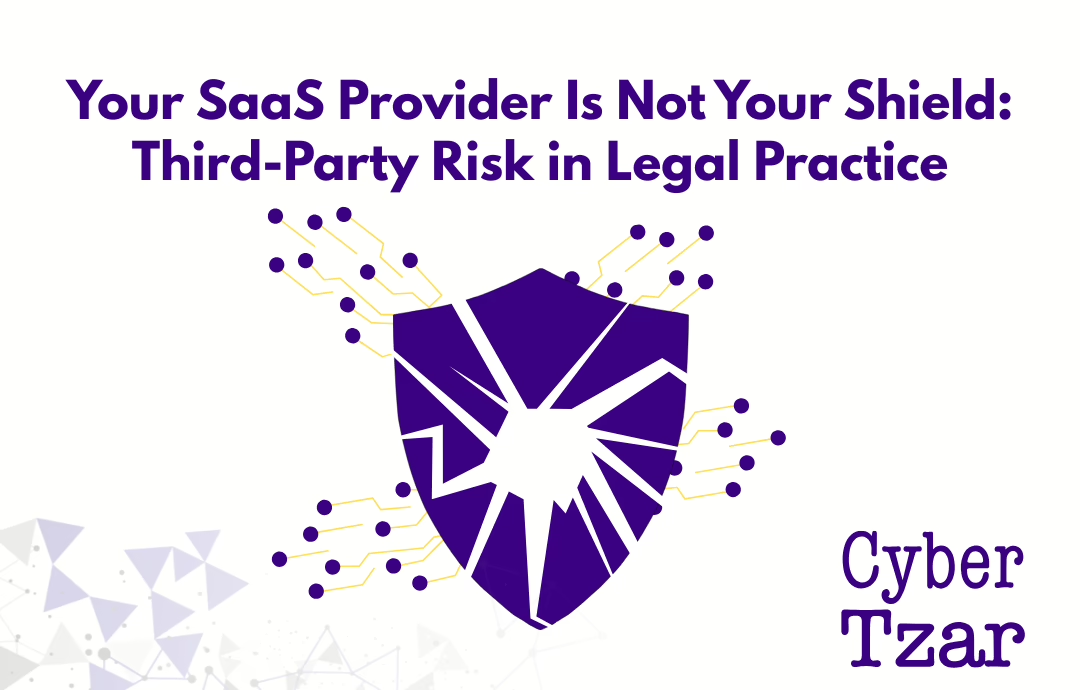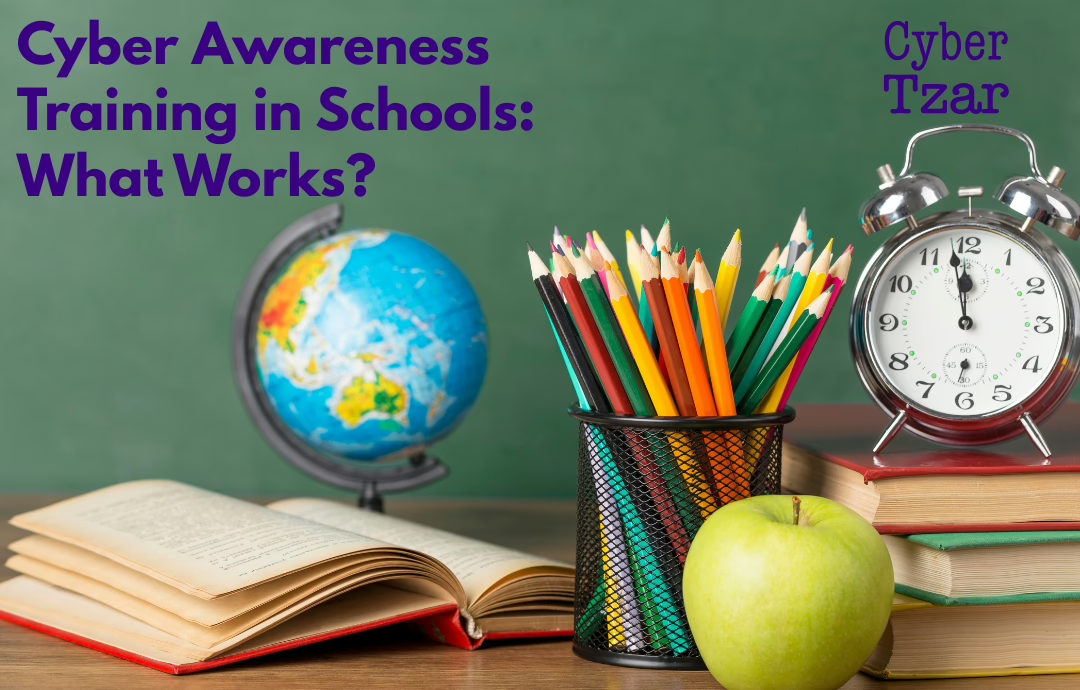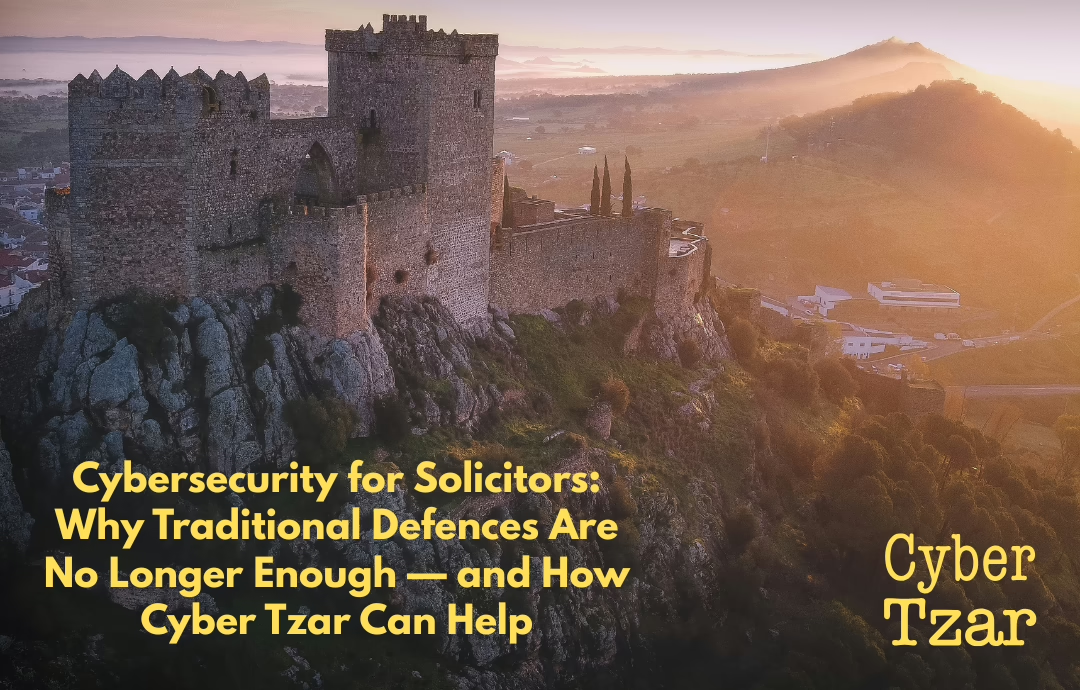Universities are no longer just centres of learning — they’re hubs of data, research, and sprawling digital infrastructure. And increasingly, they’re in the crosshairs of cybercriminals.
From ransomware attacks that lock down entire campuses to data breaches exposing sensitive research and student records, the higher education sector is facing a harsh new reality:
🎯 Universities are high-value targets — and often underprepared.
Why Universities Are So Vulnerable
🏫 Open environments – Academic culture promotes openness, which can lead to weak access controls and sprawling, decentralised systems.
💾 Massive data volumes – Student records, payment data, intellectual property, and grant-funded research are prime targets.
🔗 Complex supply chains – Outsourced IT, learning platforms, and third-party research tools all introduce cyber risk.
🎓 Decentralised governance – Faculties often run their own IT systems, leading to inconsistent patching and varied risk profiles.
🧑💼 Weak onboarding/offboarding – Staff, visiting researchers, and students often retain access well beyond need.
Even with talented IT and security teams, most institutions struggle to secure such a wide — and often disjointed — digital estate.
🚨 Real-World Incidents: A Wake-Up Call
-
A UK university lost access to its research database for over a week after a ransomware attack.
-
A European institution’s online application portal leaked thousands of passport scans and bank details.
-
Alumni fundraising systems used by several universities were breached through third-party suppliers.
-
A student recruitment platform’s misconfiguration exposed entire cohorts of applicant data.
In each case, the breach wasn’t due to nation-state malware — it came down to preventable misconfigurations, supplier blind spots, and untested controls.
🔍 Lessons Learned Across the Sector
✅ Security must be embedded institution-wide – Not just managed by central IT. Faculties, research units, and admin teams all need visibility and responsibility.
✅ Supplier risk isn’t optional – If your EdTech vendor is breached, your data is breached. You carry the reputational risk, not them.
✅ Runbooks must be tested – Can your team isolate a system or alert students at 2am? Tabletop exercises are not a luxury.
✅ Scanning must be continuous – Annual reviews are obsolete. Your threat surface changes daily.
✅ Cyber awareness must go beyond phishing – Educate students, adjuncts, and even visiting researchers — not just permanent staff.
📌 What to Tackle This Month: Practical Priorities
A checklist for IT and cyber teams under pressure:
-
✅ Run a vulnerability scan on all public-facing infrastructure
-
✅ Audit MFA adoption across staff, faculty, and finance systems
-
✅ Identify your top 10 third-party providers and check cyber coverage
-
✅ Review offboarding logs — who still has access post-departure?
-
✅ Simulate a ransomware lockdown on a shared learning system
Even small wins reduce risk — and show momentum to boards and insurers alike.
🤝 How Cyber Tzar Supports Universities
At Cyber Tzar, we support UK universities and research institutions with tools designed specifically for education environments.
Our platform enables:
✅ Real-time vulnerability scanning – For web-facing systems and research infrastructure
✅ Supply chain risk monitoring – For EdTech, research, and administrative platforms
✅ Sector benchmarking – See how your posture compares to peer institutions
✅ Role-based reporting – Translate technical risk into insight for university execs, auditors, and insurers
We help you shift from firefighting to forward planning — with clarity, control, and confidence.
🎓 Want to know how your university compares to sector peers?
Get a tailored cyber risk scan at cybertzar.com



